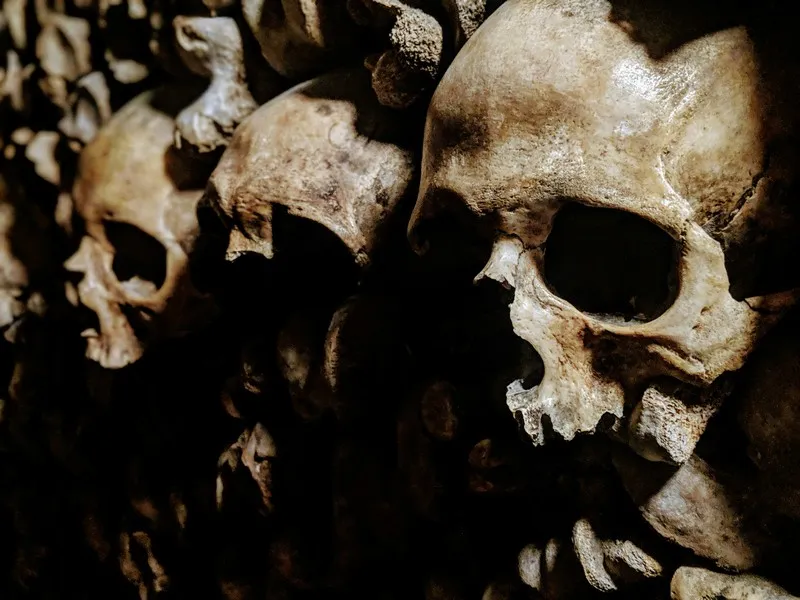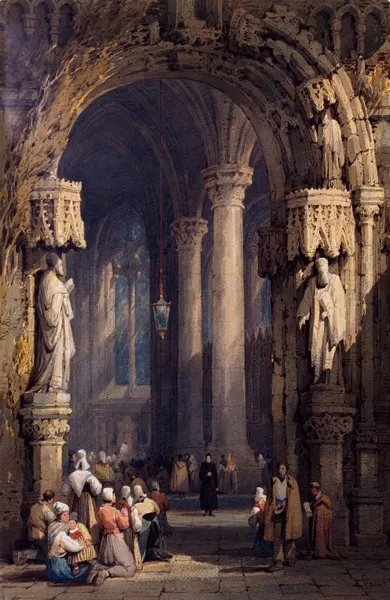When examining the sociology of religion, one fascinating aspect that often captures attention is the presence of “death cults.” These groups, characterized by their intense focus on death and the afterlife, have intrigued scholars and the general public alike. In this article, we will explore the concept of death cults, discuss their characteristics, and provide examples of notable groups that fall under this category.
Understanding Death Cults
Death cults, also known as doomsday cults or apocalyptic cults, are religious or spiritual groups that place significant emphasis on the end of the world, the afterlife, or the impending doom of humanity. These groups often believe in an imminent cataclysmic event, which they see as a necessary step towards salvation or spiritual transformation. Death cults tend to have charismatic leaders who possess immense influence over their followers.
It is important to note that not all religious groups that focus on death or the afterlife can be classified as death cults. Death is a universal theme in religious and spiritual practices, and many faiths incorporate rituals and beliefs surrounding mortality. However, death cults take this preoccupation to an extreme level, often promoting extreme behaviors and rejecting societal norms.
Characteristics of Death Cults
Death cults exhibit several common characteristics that set them apart from mainstream religious groups. These include:
- Apocalyptic Beliefs: Death cults frequently hold apocalyptic beliefs, predicting the end of the world or a significant global event that will lead to a spiritual transformation.
- Charismatic Leadership: These groups are often led by charismatic figures who claim to have special knowledge or a divine connection. The leader’s influence is crucial in attracting and retaining followers.
- Isolation from Society: Death cults often isolate themselves from mainstream society, either physically or ideologically. They may establish communes or secluded communities to create a sense of exclusivity.
- Extreme Practices: Members of death cults may engage in extreme practices such as self-harm, fasting, or other forms of asceticism as a means of spiritual purification.
- Recruitment and Conversion: Death cults actively seek new members and employ persuasive tactics to recruit individuals who are vulnerable or searching for meaning.
Examples of Death Cults
Several notable death cults have emerged throughout history. Here are a few examples:
Heaven’s Gate
Heaven’s Gate was a cult founded in the 1970s by Marshall Applewhite and Bonnie Nettles. They believed that Earth was about to be “recycled,” and the only way to survive was to leave their physical bodies behind and ascend to a higher plane of existence. In 1997, the group gained international attention when 39 members committed mass suicide in an effort to reach this higher realm.
Order of the Solar Temple
The Order of the Solar Temple was a secretive cult founded in the 1980s by Luc Jouret and Joseph Di Mambro. They combined elements of Christianity, New Age philosophy, and UFO conspiracy theories. The group believed that they would be transported to a new life on a mythical planet after death. In the 1990s, the cult gained notoriety when several members died by mass suicide or murder-suicide.
Aum Shinrikyo
Aum Shinrikyo, founded by Shoko Asahara in Japan in 1984, blended elements of Buddhism, Hinduism, and Christianity with apocalyptic beliefs. The group gained infamy when they carried out a series of deadly terrorist attacks, including the 1995 Tokyo subway sarin gas attack, which resulted in the deaths of 13 people and injured thousands.
Conclusion
Death cults, with their intense focus on death, the afterlife, and apocalyptic beliefs, provide a unique lens through which to examine the sociology of religion. While these groups are relatively rare, their impact can be profound, as demonstrated by the examples discussed above. By studying death cults, sociologists gain insights into the complexities of human belief systems, the dynamics of charismatic leadership, and the influence of extreme ideologies on individuals and society.






